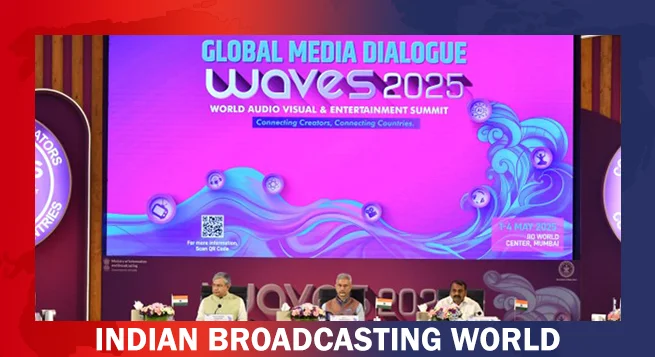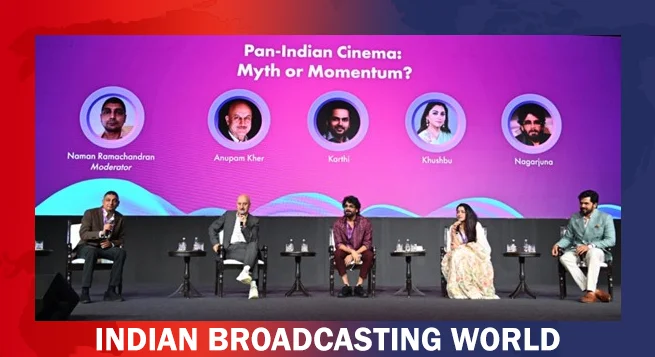YouTube, a video-sharing platform owned by Google, has recently unveiled its latest experiment involving artificial intelligence (AI).
The company is currently testing auto-generated video summaries powered by AI on its platform.
The purpose of this new feature is to provide users with quick and concise summaries of videos, helping them decide whether the content aligns with their interests before diving in. The summaries will be available on both watch and search pages, streamlining the user experience.
YouTube emphasized that these AI-generated summaries are not intended to replace the video descriptions provided by the creators themselves. Instead, they aim to complement the existing information and make it easier for viewers to gauge the video’s relevance, IANS reported.
The trial run of this feature is limited to a specific number of videos and viewers, primarily focusing on English-language content. The platform is actively seeking feedback from users who come across these summaries to gather valuable insights.
In addition to AI-generated summaries, YouTube has been exploring other AI-driven functionalities to enhance user engagement. Last month, they introduced AI-generated quizzes on their mobile app Home feed. This initiative is aimed at helping users learn about topics of interest.
Furthermore, YouTube is experimenting with a lock screen feature for Android and iOS users. This feature would allow viewers to disable touch input while watching a video, preventing accidental taps that could pause, skip, or disrupt the video playback.
Another feature being tested is the ability for users to watch videos at 2x speed effortlessly. By long-pressing anywhere on the player during video playback, viewers can instantly increase the playback speed to 2x, catering to those who prefer faster content consumption.
Lastly, the platform is also exploring the implementation of larger previews while seeking within a video. This improvement is expected to simplify the process of finding specific moments within a video, enabling users to jump to the desired content more efficiently.
 MIB to unveil M&E sector statistical handbook today at WAVES
MIB to unveil M&E sector statistical handbook today at WAVES  WAVES 2025: Media dialogue backs creativity, heritage & ethics in AI Era
WAVES 2025: Media dialogue backs creativity, heritage & ethics in AI Era  Pay TV leaders chart course for India’s linear TV in digital age
Pay TV leaders chart course for India’s linear TV in digital age  Sudhir Chaudhary announces new show for DD News, says “Good content still has a place” at WAVES 2025
Sudhir Chaudhary announces new show for DD News, says “Good content still has a place” at WAVES 2025  India can lead global entertainment revolution: Mukesh Ambani
India can lead global entertainment revolution: Mukesh Ambani  TRAI chief not in favour of separate rules for OTT, legacy b’casters
TRAI chief not in favour of separate rules for OTT, legacy b’casters  India film, TV, OCC sectors’ gross output US$ 16.8 billion: report
India film, TV, OCC sectors’ gross output US$ 16.8 billion: report  WAVES Bazaar seals Rs.250 crore in global media deals
WAVES Bazaar seals Rs.250 crore in global media deals  Prime Video reaffirms theatres’ appeal & India, global strategy at Avia’s FoV
Prime Video reaffirms theatres’ appeal & India, global strategy at Avia’s FoV  Language no bar; stars say Indian cinema is united by emotion, culture
Language no bar; stars say Indian cinema is united by emotion, culture 









